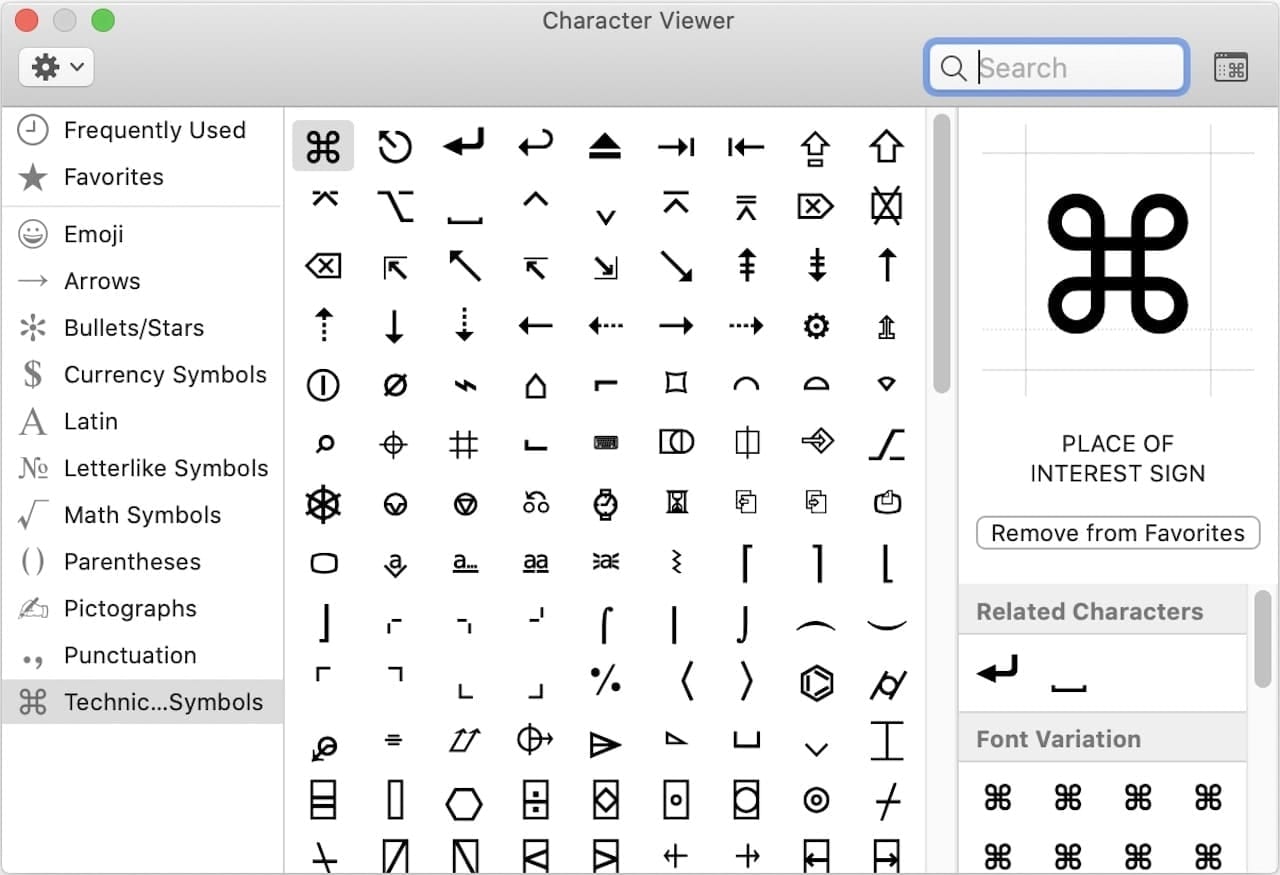

- #Mac code for finding word how to#
- #Mac code for finding word full#
- #Mac code for finding word windows#
Even so, putting the suggestions into the sidebar would make for the best option from a UX perspective-so this was the path we chose to follow.
#Mac code for finding word windows#
When we started working with the JavaScript API, however, we quickly ran into restrictions that meant we wouldn’t be able to achieve the exact same functionality as our Word for Windows add-in, which is built on COM. This would essentially mimic the design of our add-in for Word for Windows: The second option we considered was putting Grammarly’s suggestions directly in the Word sidebar while underlining the corresponding text in the document. People who write in Word are often doing so because they’re very familiar and comfortable with that writing tool, so taking them outside of the application to review writing suggestions led to a subpar user experience.

Using the pop-up editor means being taken momentarily away from the screen where you’re writing. But when we tested the same UI in Word, we discovered that it didn’t serve the application as well. The pop-up editor works wonderfully in that circumstance. The first was to build a pop-up editor, similar to what we have for the Grammarly browser extension. We had to choose between two different directions. We needed a proof of concept to plan the UX, and we started by building out a few options. Last year, this new API looked stable and mature enough for us to set aside the necessary resources to tackle the project. That changed when Microsoft introduced the Office add-in API, which is based on JavaScript and works across all devices as well as online in the browser. We didn’t want to start a new project on old tech, but for a while the only option was to build the add-in with Visual Basic Script. Year after year, we’ve been evaluating this project. Here we’ll tell the story of the sometimes rocky road to our much-anticipated add-in for Word on Mac. The path to get there was not always straightforward or direct.
#Mac code for finding word full#
There were many roadblocks to making this happen at the quality we expect for all of our offerings-but we were finally able to release Grammarly for Microsoft Word on Mac in beta at the end of 2019, followed by a full release in March 2020. Mac users have been feeling left out: an add-in for Word on Mac has long been a top requested feature. See pages 342–349.For more than six years, we’ve supported Grammarly’s add-in for Word and Outlook on Windows. The “Replace with” string inserts the single number found, the two numbers found together, an en dash, the same single number found (using \1 again), and the last two numbers found, giving us this: The “Find what” string finds a single number (one through nine, in the first group), followed by any two numbers (in the second group), followed by a hyphen, followed by any two numbers (in the third group). So what’s the deal with the ) Replace with:
#Mac code for finding word how to#
If only you knew how to use wildcard find and replace! But now that deadline is looming, and there’s still a lot of work ahead. Your anguished cry rings out in the middle of the night: “Why, oh why, did I accept this stupid freelance job?” You know the answer: The client offered you twice as much money as you’d ordinarily get for a job like this because the deadline is tight.


 0 kommentar(er)
0 kommentar(er)
